The problem is that conveying smells and flavors through virtual reality is really challenging, especially the process of creating a convenient interface to stimulate the sensory organs on the tongue. Therefore, a solution from a team of scientists at the City University of Hong Kong (China) is really remarkable.
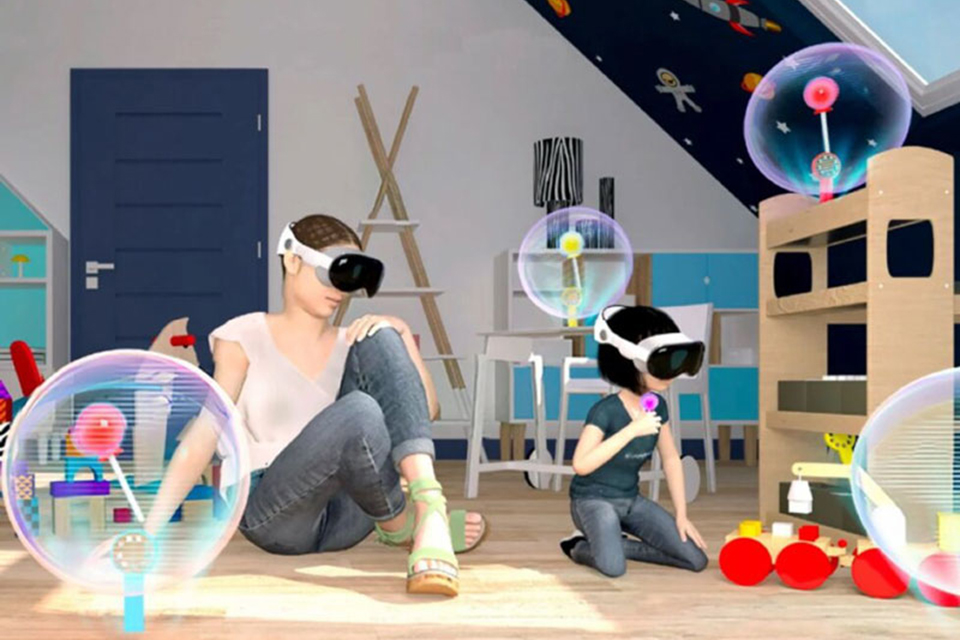
Many challenges are posed to conveying flavor over the internet.
Photo: City University of Hong Kong
Solutions to help convey flavors over the internet
Taste is primarily transmitted through receptors on the tongue, with four basic tastes: sweet, salty, sour, and bitter. A newly discovered fifth taste, umami, is starting to gain popularity, especially in Japan. In addition, experts believe that the tongue is capable of detecting a variety of fats, which humans perceive as a pleasant flavor.
There are many methods to stimulate the receptors on the tongue to perceive flavor, including chemical, thermal, electrical, and iontophoretic stimulation. Although close to nature, chemical stimulation is not suitable for virtual reality due to latency and the need for large physical storage. Thermal stimulation also has difficulty creating a compact device that can control temperature. Meanwhile, electrical stimulation is considered the most effective method, but requires the device to be attached to the tongue and is inconvenient.
Therefore, the team of researchers chose the iontophoresis method, which allows the stimulation of receptors on the tongue through biosafe ions. They developed a lollipop simulator that operates wirelessly via Bluetooth. The device is 3D printed from nylon, measures 8 x 3 x 1 cm and weighs 15 g, with 9 channels to deliver flavor ions to the tongue.
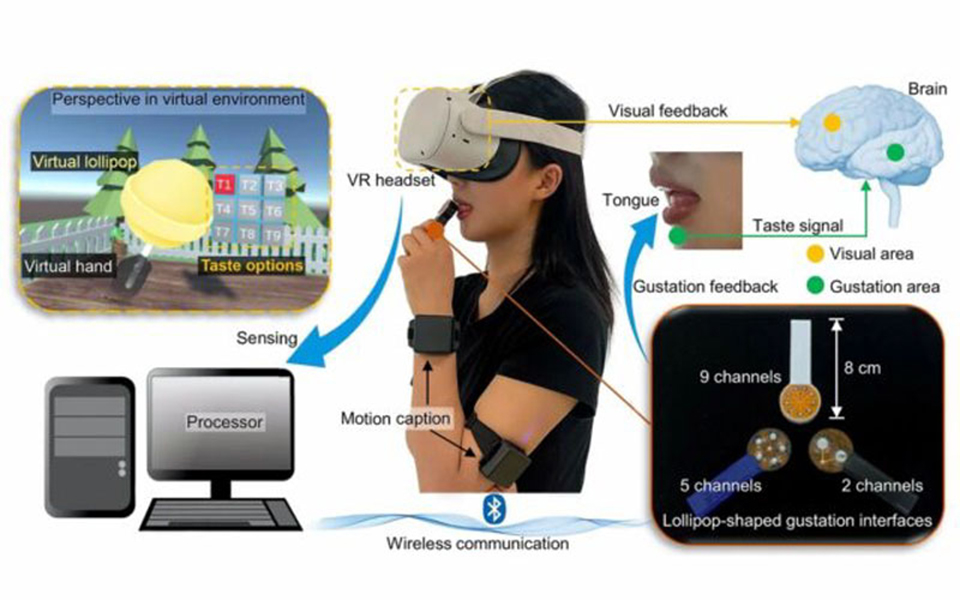
Describe how iontophoresis works.
Photo: City University of Hong Kong
The device contains agarose-based solutions - a type of hydrogel - containing synthetic flavors such as sugar, salt, citric acid, cherry, passion fruit, green tea, milk, durian and grapefruit. Under the control of a computer interface, flavor ions are delivered to the tongue in individual flavors or mixtures. Adding seven specific chemicals to the mixture enhances the taste perception.
While the device currently only lasts about an hour because the hydrogel dries out, its developers hope the “virtual lollipop” could help children learn about food, as well as serve as a tool to detect taste disorders in patients. Ultimately, the device could open up the possibility of exploring food flavors online without having to sample a real sample.
Source: https://thanhnien.vn/doc-dao-keo-mut-ao-truyen-tai-huong-vi-qua-internet-185241127234129183.htm


![[Photo] Prime Minister Pham Minh Chinh chairs meeting on draft Resolution of National Assembly on International Financial Center in Vietnam](https://vphoto.vietnam.vn/thumb/1200x675/vietnam/resource/IMAGE/2025/5/22/d398664ff1a140629169ea5a24e1b4d0)
![[Photo] T&T 1 and Ho Chi Minh City 1 People's Police Teams won the men's and women's team championships](https://vphoto.vietnam.vn/thumb/1200x675/vietnam/resource/IMAGE/2025/5/22/39db06ae67cb4001b7a556e8d9a56d07)
![[Photo] General Secretary To Lam chairs a working session with the Central Internal Affairs Commission](https://vphoto.vietnam.vn/thumb/1200x675/vietnam/resource/IMAGE/2025/5/22/3b7790f499da45b2803d8ae253207ef1)

![[Photo] Press delegation meeting to visit Truong Sa and DK1 Platform](https://vphoto.vietnam.vn/thumb/1200x675/vietnam/resource/IMAGE/2025/5/22/6b8d232877ec421a9e8187d83b9f8006)




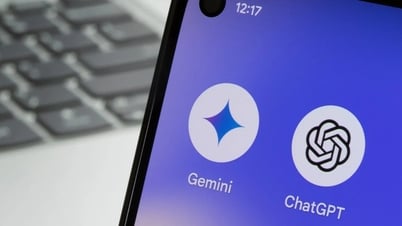
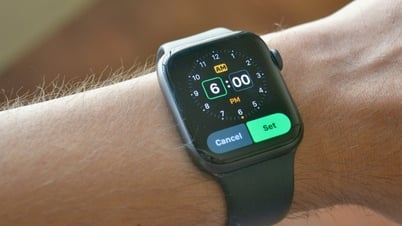
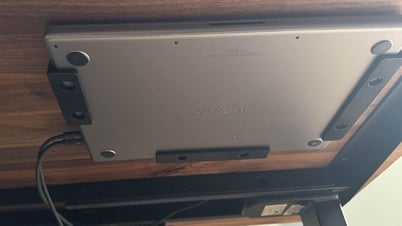






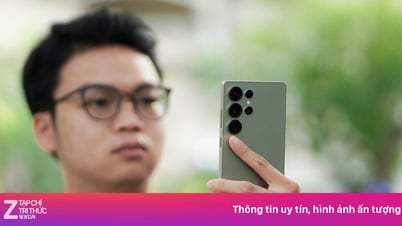








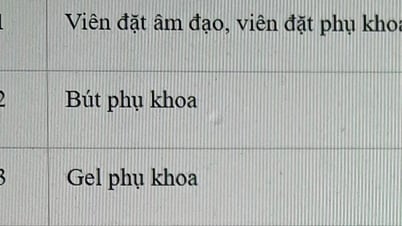



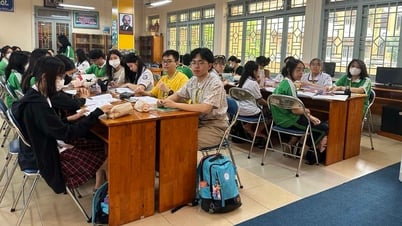








































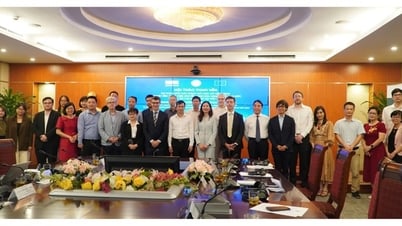



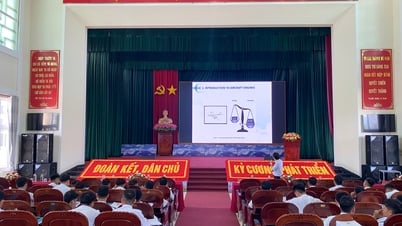








![[Podcast] Week introducing more than 500 OCOP products in Hanoi](https://vphoto.vietnam.vn/thumb/402x226/vietnam/resource/IMAGE/2025/5/22/d144aac2416744718388dbae3260e7fd)





Comment (0)